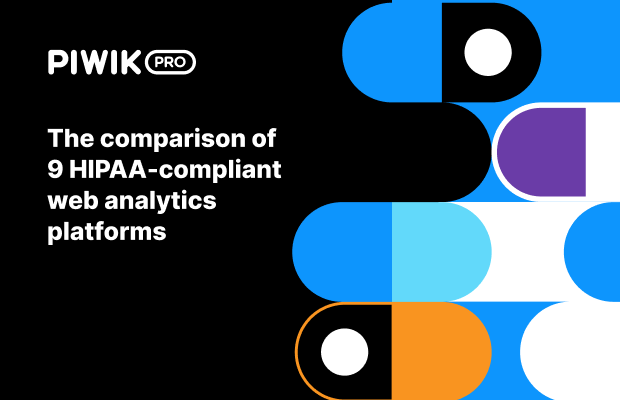Server-side analytics refers to tracking and collecting website data on a dedicated server of a website or app rather than in the user’s browser (the “client”), as with traditional tracking. After capturing the data on your own server, you can modify it and forward it to existing analytics and marketing tools.
Server-side analytics provides increased security and control because there is an additional layer between the website and the data collection platform. Depending on the final configuration, the data is less affected by ad blockers and other tracking restrictions, making it more accurate and comprehensive. On the other hand, server-side analytics requires technical expertise and resources to set up and maintain.
Server-side analytics differs from client-side analytics, where data is transferred directly from the user’s browser (the client) to an external third-party server, like an analytics account.
Server-side tracking is one of the methods that can be used with a first-party collector, which combines the benefits of server-side and client-side tracking. In this approach, cookies are set on the client-side, and the tracking requests come directly to a first-party domain instead of a third-party analytics platform.
Tools that offer server-side analytics include Google Analytics 4 (GA4), Piwik PRO Analytics Suite, Matomo and Heap Analytics.
Learn more:
Server-side analytics
-

Introducing new pricing: More analytics value and privacy compliance as you grow
Businesses have transformed the way they collect and utilize data. Modern organizations are seeking trusted datasets, full visibility into the customer journey, and ethical data collection, all within a seamless platform that offers comprehensive analytics and data activation capabilities. To meet these evolving needs, we’re excited to share some important updates about our platform. Over…
-

The comparison of 9 HIPAA-compliant web analytics platforms
Selecting a HIPAA-compliant web analytics platform is critical for any healthcare organization. With the increasing reliance on digital tools to improve patient care, streamline operations, and drive strategic decisions, the need to analyze web and patient data securely has never been greater. Choosing a platform that doesn’t match your needs or available resources can put…
Other definitions
Recent posts from Piwik PRO blog
- Introducing new pricing: More analytics value and privacy compliance as you grow
- The comparison of 9 HIPAA-compliant web analytics platforms
- EU hosting vs. EU sovereignty: Why the difference matters for privacy-first analytics
- Why Shopify stores need privacy-compliant analytics
- Piwik PRO vs. Google Analytics for Shopify: A comparison
- Introducing Piwik PRO app for Shopify: Advanced analytics with built-in CDP
- PHI and PII: How they impact HIPAA compliance and your marketing strategy
- How can healthcare organizations benefit from using a customer data platform (CDP)







